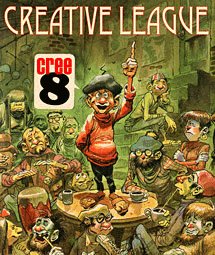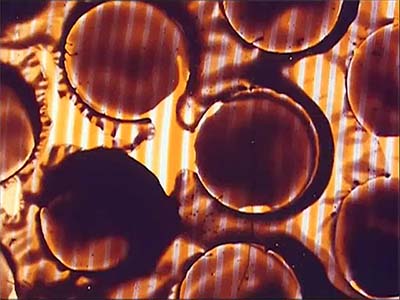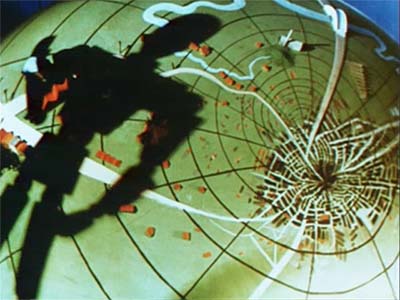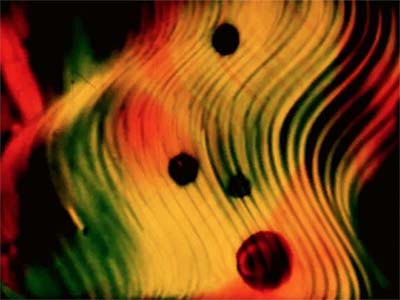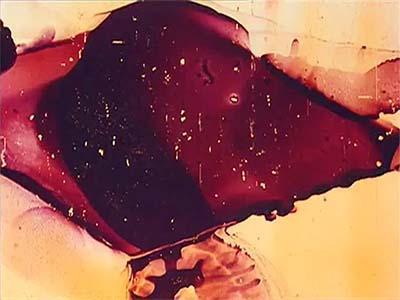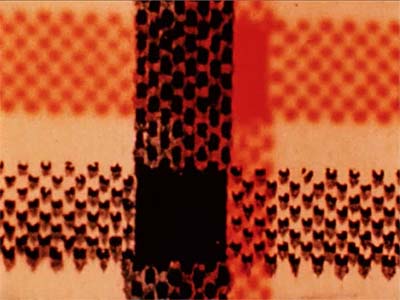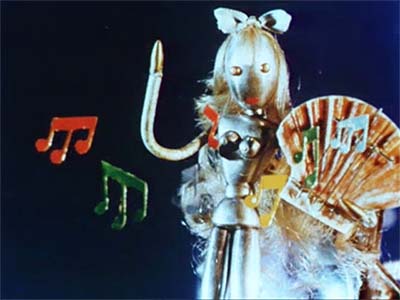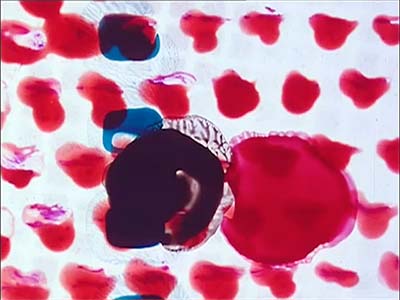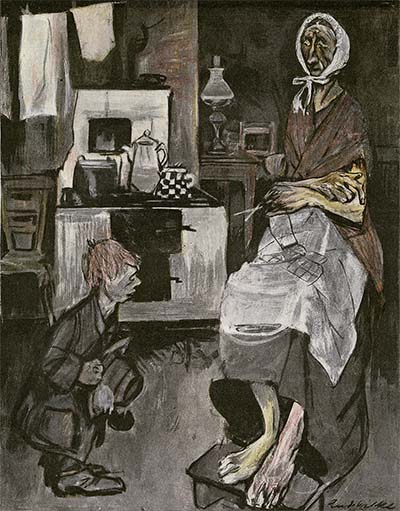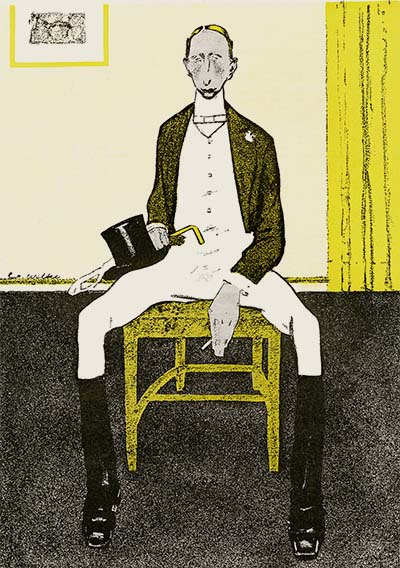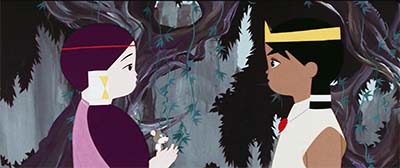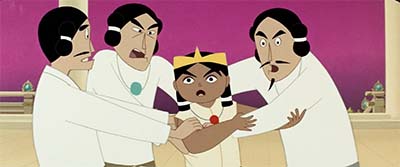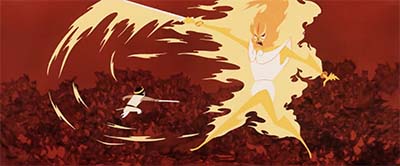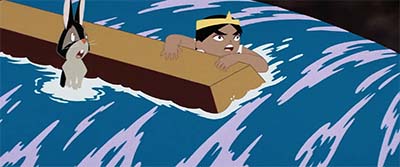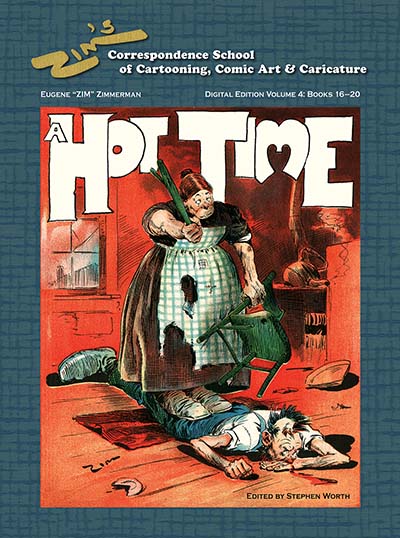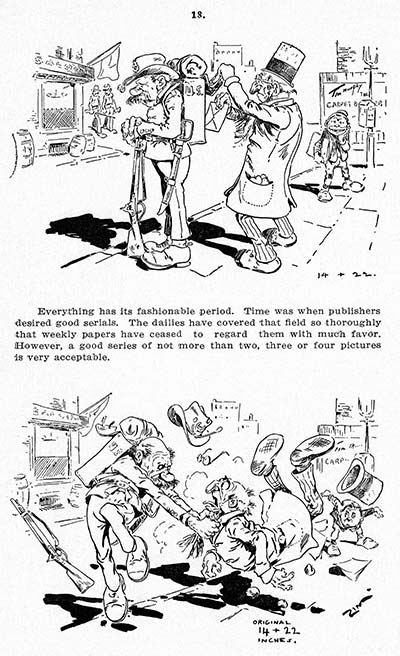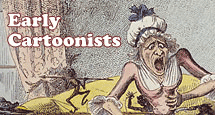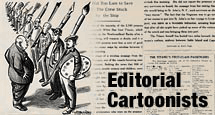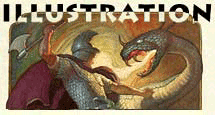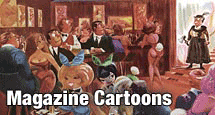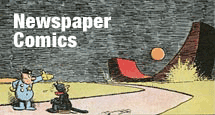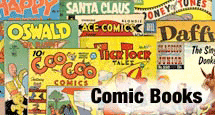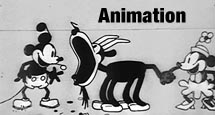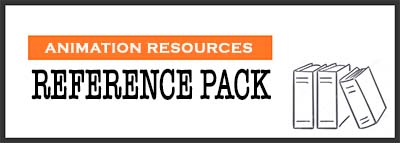 REFPACK 034
REFPACK 034

Members Only Download
Every other month, members of Animation Resources are given access to an exclusive Members Only Reference Pack. These downloadable files are high resolution e-books on a variety of educational subjects and rare cartoons from the collection of Animation Resources in DVD quality. Our current Reference Pack has just been released. If you are a member, click through the link to access the MEMBERS ONLY DOWNLOAD PAGE. If you aren’t a member yet, please JOIN ANIMATION RESOURCES. It’s well worth it.
MEMBERS LOGIN To Download Video
JOIN TODAY To Access Members Only Content
DVD QUALITY VIDEOS:
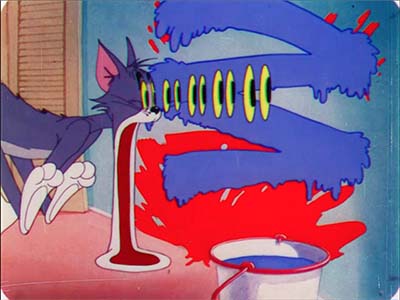
Takes, Staggers and Holds

The Avery Influence on Other Cartoons: "Clown Of The Jungle" (Disney/1947) / "Mouse Cleaning" (MGM/1948)
In the post WWII years, MGM was arguably the most influential cartoon studio in Hollywood. They dominated the animated shorts Oscars, but Tex Avery’s films weren’t widely recognized by the award-giving public. At MGM, Avery never really created an iconic character like Bugs Bunny or Tom & Jerry, but he contributed greatly to the way cartoons were posed and timed.
When he arrived at MGM in 1942, Avery’s humor was fresh, but the animation style in his films was very much like the MGM cartoons that preceded his— solid and volumetric, smoothly animated and lush looking. But by the time he directed "What’s Buzzin’ Buzzard" in late 1943, his cartoons had begun to accelerate, largely because of the way he used pose reels (now commonly known as “animatics”). The layout drawings would be photographed and timed to create a rough version of the cartoon. This allowed them to refine timing to increase clarity and hit the accents in the humor harder. Pose reels helped Avery refine his gags with split second accuracy, and by the time he directed "King Size Canary" in 1947, the staff of other cartoon series had started to take notice.
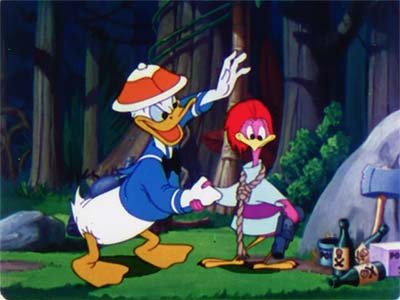
The most unlikely of these teams of animators experimenting with Avery’s techniques was Jack Hannah’s crew at Disney. Although a couple of the Goofy sports cartoons incorporated aspects of Avery’s style, none of them were as blatant about it as a Donald Duck cartoon called "Clown Of The Jungle".
The cartoon starts out like a bland travelogue, and transitions to the kind of frustration gags that had become Donald Duck’s trademark. But the tone of the cartoon changes completely when the Aracuan Bird comes on the screen. Introduced as a throwaway gag in "Three Caballeros" three years earlier, the character now is given a lead role as Donald’s foil. He drives the duck crazy with a series of quickly timed action gags which follow the rhythm of his theme song.
Like Avery’s Screwy Squirrel, he is more annoying than appealing, but he is good for a laugh every time he interrupts the bland Disney travelogue bits with the hummingbirds. Avery’s Screwy Squirrel does the same sort of gag when he interrupts Sammy Squirrel and ruffs him up off screen in "Screwball Squirrel". We get Avery’s fourth dimensional gags too, like popping into the ground and back out again to the pops in his theme song, riding an imaginary motorcycle, drawing doors on boulders, and driving himself into the ground with a mallet. These gags clearly echo Avery’s "Northwest Hounded Police", where Droopy magically appears behind every door and under every rock. The persistent suicide gags also seem influenced by Avery cartoons.
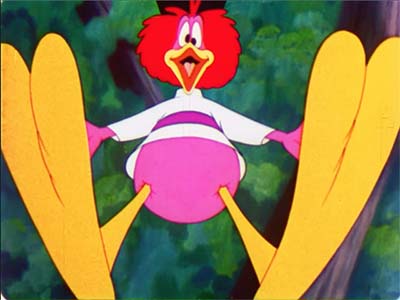
But the gags aren’t the most interesting thing about "Clown Of The Jungle" Avery was known for creating the technique of "snap to pose", where lightning fast action would suddenly stop and hold on a funny drawing or extreme pose. This gave the audience time to register the joke and laugh before the action moved on to the next gag. Avery refined this technique to an art form, but to my knowledge, nothing like this had been done in a Disney cartoon before "Clown Of The Jungle". Look at the sequence where Donald has a machine gun pointed at the Aracuan Bird, and the bird is feigning different ways to commit suicide. The timing and staging of those gags is pure Avery.
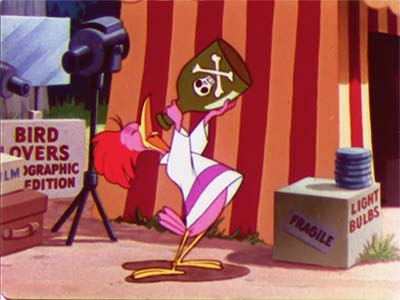
But even though the cartoon ends with Avery’s trademark of breaking the fourth wall (Donald walks in a circle around the iris out at the end), the overall tone of the cartoon doesn’t come anywhere near the manic speed and clarity of focus that Avery achieved. The reason for this is the hesitancy to really let go and push the gags to their limits. Disney was a conservative studio and they had rules to follow. I remember attending a screening where Frank Thomas and Ollie Johnston spoke and I happened to be in the audience a row in front of the whole crew of Bakshi’s "Mighty Mouse". At one point Thomas was talking about "takes" and he said, "The golden rule for takes is that the volume of the character in full take must maintain the same volume as the character has at rest." Behind me came a gasp from a half dozen animators, followed by whispers saying, "Did he just say what I thought he said?" Thomas had obviously never really looked at a Tex Avery take closely. After you watch "Clown Of The Jungle", compare the takes to the ones in the following Tom & Jerry cartoon. The energy in the Disney ones pale in comparison.
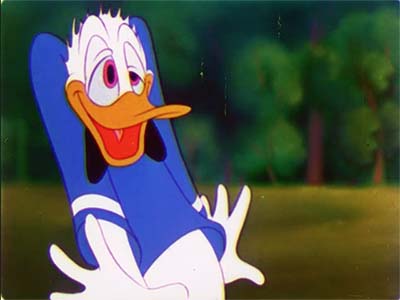
Avery *never* gave arbitrary rules like that to his animators. A take was as extreme and as exaggerated as the artist’s imagination could make it. The goal was to make the audience feel the energy of the emotion the character was feeling. The animators at Disney never dreamed of anything like that because they were hobbled by rules meant to maintain the "Illusion Of Quality".
REFPACK034: Clown Of The Jungle (1947)

MP4 Video File / SD / 6:18 / 107 MB Download
MEMBERS LOGIN To Download Video
JOIN TODAY To Access Members Only Content
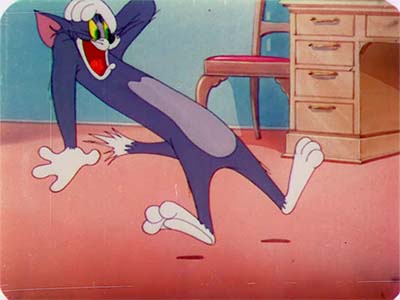
I once spoke with Mike Lah about what it was like working for Tex Avery, and he told me that the part that seemed the easiest was the hardest for him. Avery would give him hilarious little thumbnail doodles to show him how he wanted the poses to look. Everything would be in those poses— fundamentals like line of action, clear silhouettes, expression— but they would also contain an indescribable essence of "funny". Lah said that he spent many late nights at work trying to tie down Avery’s doodles to make them into animation drawings. He would flesh out the construction and the fundamentals would fall apart. Or he would add the details and the "funny" would dissolve away. He said that everything he needed was in Tex’s doodle, but it was a struggle to maintain the guts Avery had put into the idea when he cleaned it up.
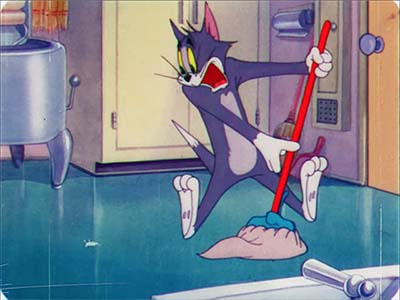
The other team at MGM was responsible for the acceleration of timing and the clarity of posing as well. The Avery unit and the Tom & Jerry unit had developed a friendly rivalry by the late 40s. They competed to see who could create the most concentrated action— scenes that played out with the speed of lightning and yet still maintained crystal clarity in every pose. This competition led to films like "Solid Serenade" and "Slap Happy Lion", but the cartoon that aced the contest wasn’t a Tex Avery cartoon. It was "Mouse Cleaning". Everyone working on this cartoon injected adrenaline into the action, from the timing by Bill Hanna, to the posing by Joe Barbera, to every one of the animators- Ray Patterson, Ken Muse, Ed Barge and Irv Spence. This cartoon is an encyclopedia of techniques for putting across fast, funny action.
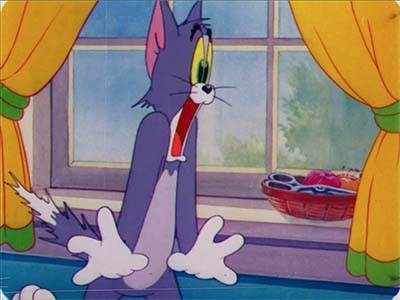
"Mouse Cleaning" starts with 20 seconds of setup… Mammy Two-Shoes has just cleaned the house and she wants it to stay that way. Then the film erupts with some of the fastest chases in any Tom & Jerry cartoon. I’ll mention a few key scenes, but your really should still frame through just about all of this cartoon. In the beginning Tom backpedals through a mud puddle. He pinwheels and falls in the mud twice, runs in place for a couple of cycles and then zips off screen in four frames. The camera move helps to put across the feeling of slippery lack of traction, and the effects are designed to show the maximum mess without blocking the clarity of the character posing. Tom gets in trouble for tracking mud into the house, and there is another 20 seconds or so of setup and BANG! they are off again.
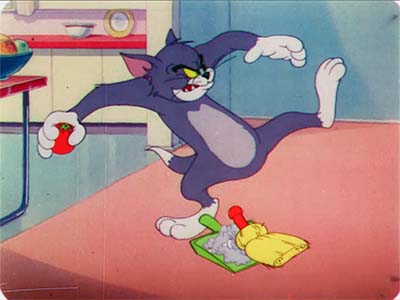
The gags build in intensity with extended holds to read reaction poses. The takes start relatively normal and they build in intensity too. The timing contrasts Jerry’s bustling work rhythm against Tom’s frantic scrambles. Tom throws a tomato at Jerry with some of the clearest poses I’ve ever seen and the tomato hits the wall with a splat. The action escalates and the take gets more extreme with a big stretch and stagger for emphasis. But it isn’t finished yet. Tom makes the mess worse by accident and does an eye-popping/jaw dropping take silhouetted against a perfectly designed mess that resembles abstract art. (See the top of this article.)
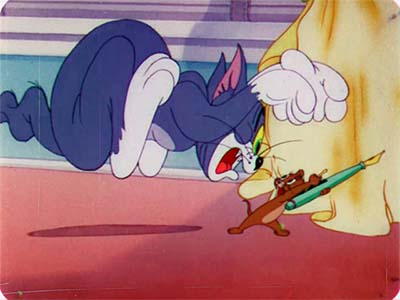
The next scene is just as good. Jerry threatens to squirt ink on a curtain and Tom skids to a halt in midair. Still frame through this skid and notice how the body accordions up and the stagger pistons in while the sound effect gives the feeling of rubber tires on asphalt. The scene has a visceral impact that Disney realism could never match. The desperation builds through a sequence of gags, each one punctuated by a stagger take. The finale, largely animated by Irv Spence is a masterful example of solid expressive posing with the highest degree of clarity. After all this, the resolution is a little bit of a let down (many prints just cut it out), but the final gag works as a suitable topper, not unlike the ending of several Avery cartoons.
If you compare this MGM film to the earlier ones— "The Hungry Wolf" and "Milkly Way", featured in a previous Reference Pack— I think you’ll clearly see how much of an impact the arrival of Tex Avery made on the studio. The mark of a great director isn’t just the innovation in his own work; it’s the influence he has on his peers. Avery had a profound effect on every studio he worked for… and even some he didn’t!
Many thanks to Steve Stanchfield and Thunderbean Animation for sharing these rare films with our members.
REFPACK033: Mouse Cleaning (1948)

MP4 Video File / SD / 7:28 / 141 MB Download
MEMBERS LOGIN To Download Video
JOIN TODAY To Access Members Only Content
Not A Member Yet? Want A Free Sample?
Check out this SAMPLE REFERENCE PACK! It will give you a taste of what Animation Resources members get to download every other month!
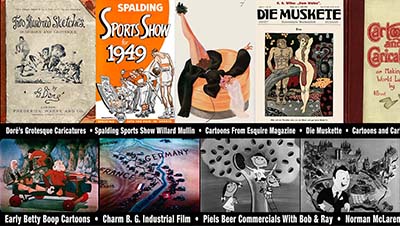









 by
by 

![]()





